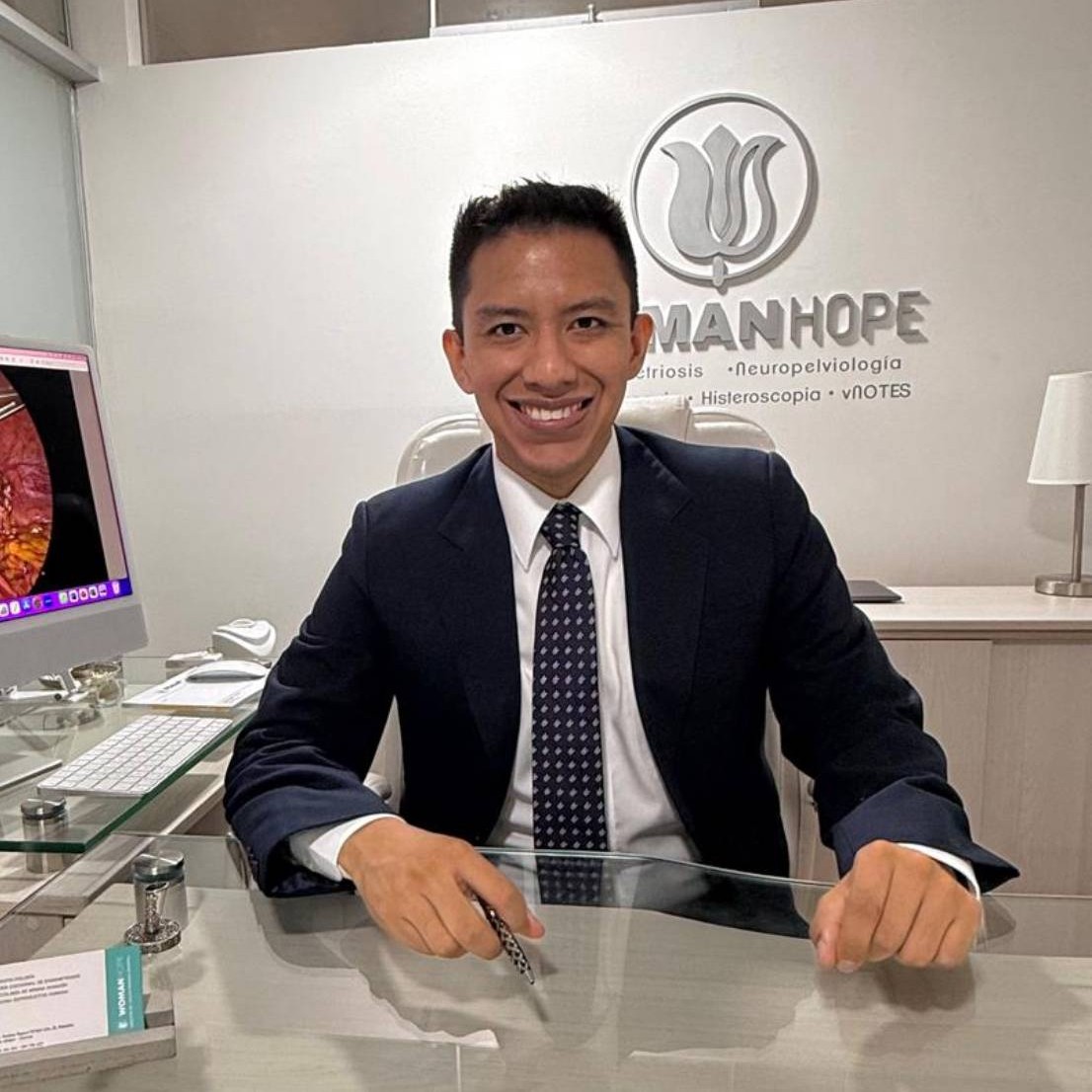
Dr. Carlos Enrique Parraga Sandoval
Dr. Carlos Enrique Parraga Sandoval, Endometriosis Specialist
City: Lima, Lima, Peru
Philosophy of Endometriosis Care: Consider that genetic and epigenetic theory play a crucial role in the pathophysiology of the disease. – Over time, endometriosis has had a wide variety of options as part of its development. However, the lack of a concise and clear definition makes each patient’s management and future treatment completely different. -For example, it is crucial to consider the onset of endometriosis with extensive organic involvement versus endometriosis with isolated nerve involvement. – This makes part of my management personalized. Most of my patients who come for a new medical opinion or surgery have highly relevant medical histories: previous surgeries, family history of endometriosis, and persistent pain.
What type of surgery do you perform for endometriosis: Excision
Medication: The vast majority of my patients receive a combination treatment, which includes hormone suppression therapy, an anti-inflammatory diet, and vitamin supplements. -In some cases, we resort to excisional surgery for endometriosis. Afterward, we continue the treatment, which is discontinued when the patient desires pregnancy or is in menopause. -I also incorporate pain relief, especially for patients with injuries to the pudendal nerve or peripheral branches of the ilioinguinal or iliohypogastric nerve. -I generally recommend treatment independently of surgery. If surgery is required, we continue treatment afterward and evaluate pain improvement over the months.
Approach to Persistent Pain After Surgery: A large number of patients who come for a second opinion because they persist in pain despite undergoing surgery. It is important to mention that patients need:
1) A new evaluation of the type of pain they have and a determination of whether it is due to endometriosis or another pelvic cause. Previous studies and treatments must also be evaluated.
2) A neuropelviological perspective must be considered, not only to view pain as a disease but also as information, and to evaluate the pain pathway, given that a large number of patients have nerve involvement.
3) A coadjuvant treatment must be considered for pain management: pelvic physical therapy, pain therapy, among others.

Dr. Liliana Puycan
Dr. Liliana Puycan
Dr Liliana Puycan – Endometriosis Specialist
Summary: Dr Liliana Puycan is a dedicated endometriosis specialist based in Lima, Peru. With a patient-centered approach, Dr Liliana Puycan focuses on the coelomic metaplasia and immunological theories, emphasizing how inflammation and immune responses contribute to endometriosis. She combines expert excision surgery with holistic care that includes progestin or bioidentical hormone therapy, lifestyle changes, and anti-inflammatory nutrition. Dr Liliana Puycan takes a comprehensive view of treatment, before and after surgery, encouraging physical activity, reduction of endocrine disruptors, and management of visceral fat to address hyperestrogenism and improve long-term outcomes. Her commitment to whole-patient care and thoughtful attention to individual needs makes Dr Liliana Puycan a trusted resource for those navigating the complexities of endometriosis.
City: Lima, Peru
Philosophy of Endometriosis Care: The theories of endometriosis that focus my treatment are the theory of coelomic metaplasia and the immunological theory since I think that the disease grows or proliferates in an inflammatory-immune environment, originating in certain patients susceptible to the disease.
What type of surgery do you perform for endometriosis: Excision
Medication: I begin treatment with the use of progestins and/or bioidentical progesterone, in addition to changes in nutrition and lifestyle to reduce the inflammatory effect of the disease.
Approach to Persistent Pain After Surgery: Before the surgical treatment, I made sure that the patient had already started a complete diet and physical activity regimen, which would continue postoperatively. Understanding the importance of reducing the intake of endocrine disruptors and reducing the percentage of visceral fat that leads to hyperestrogenism is essential for the long-term management of this type of patient.

